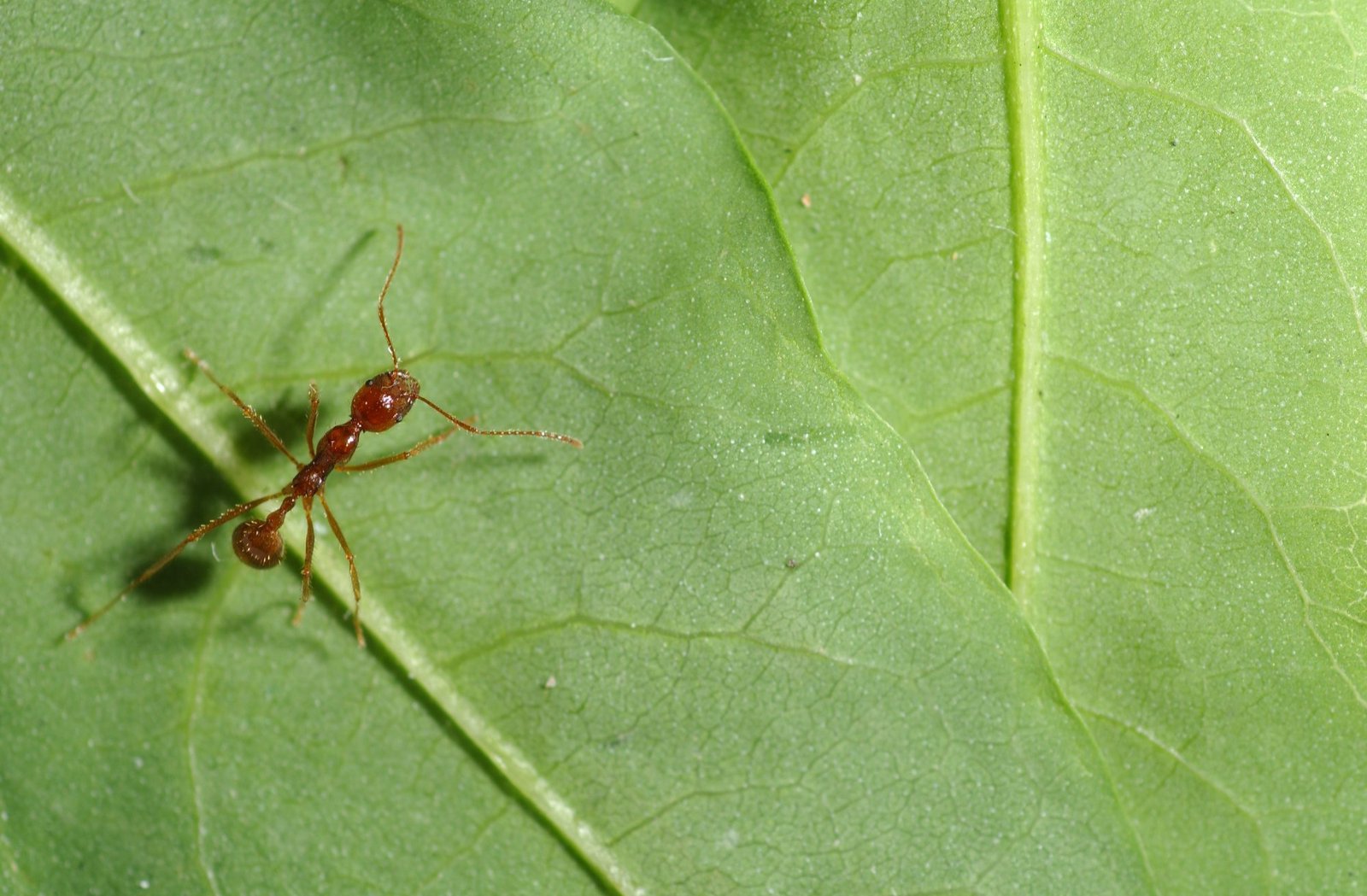Object and species identification
Curious about objects or specimens you've discovered? Explore the Australian Museum's expertise in Australasian animal life, geology, and cultural objects through three key digital pathways.

The Australian Museum holds extensive knowledge of Australasian animal life, geology, and cultural objects from Australia and the Pacific. Connect with our expertise through three pathways:
- Identification Key - Utilize our interactive key to identify* your specimen.
- Ask an Expert - Submit questions about your personal discoveries and receive insights from our museum specialists
- Common enquiries - Browse our database of Frequently Asked Questions.
Identification Key
Do you have a question about an animal? Found a creature at home that you can't identify?
We've developed this prototype Interactive Key to help streamline the identification process. Use the Key to identify* your specimen. Each step will guide you through important physical features - from body structure to distinctive elements. This prototype will help you identify the order of your specimen, not the species.
For further information once you have identified your specimen, click 'Learn more' or submit an enquiry.
*Disclaimer: This Key is intended as a general guide to assist with preliminary specimen identification. Variations within species, regional differences, and developmental stages may not be fully represented.
Still haven't found what you're looking for?
Submit a question to the Ask an expert team for a more detailed identification.
Support the Australian Museum
Your donation supports the exceptional work of our inspiring scientists, explorers and educators as they help to protect Australia’s vital natural and cultural heritage for generations to come.
Donate now
